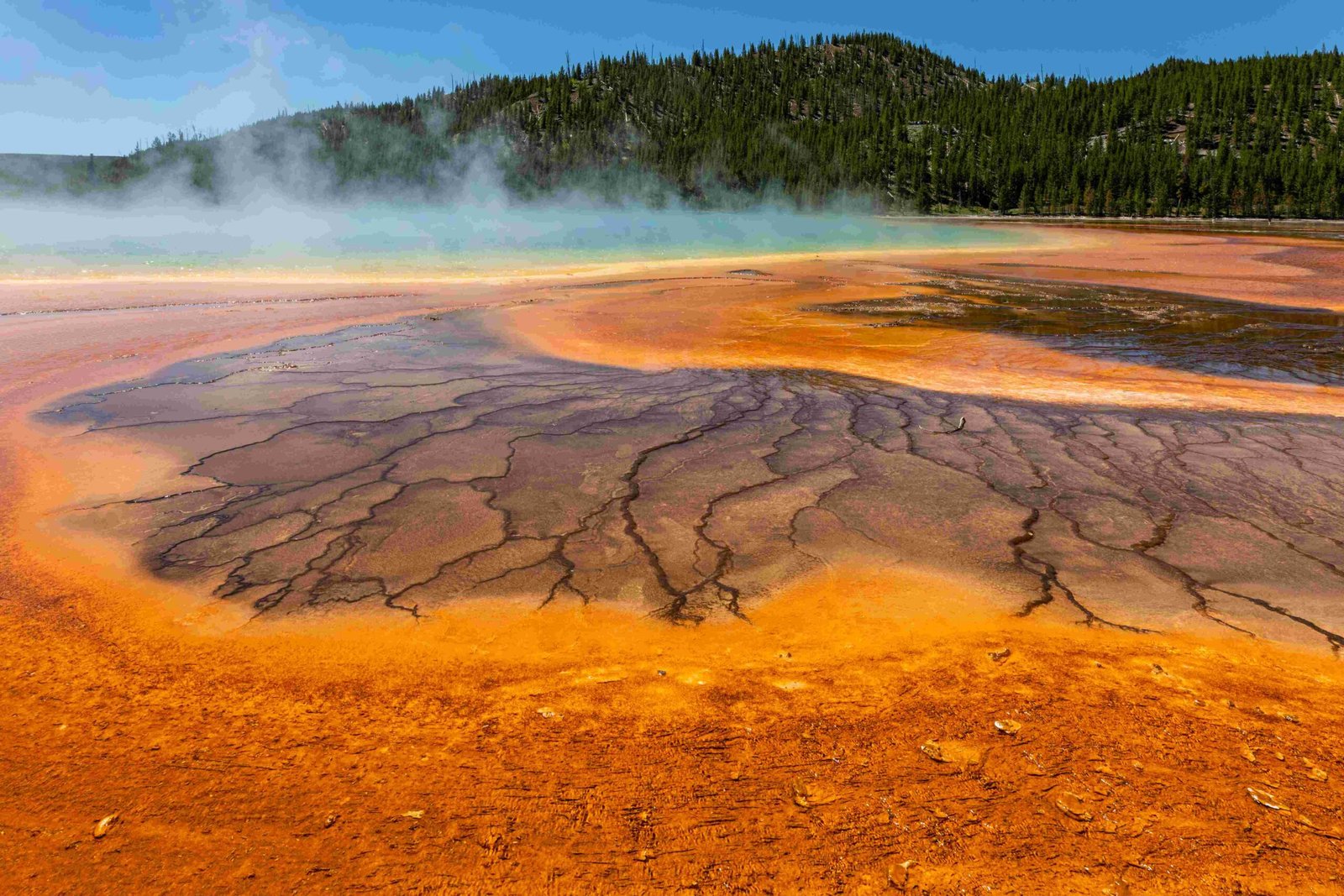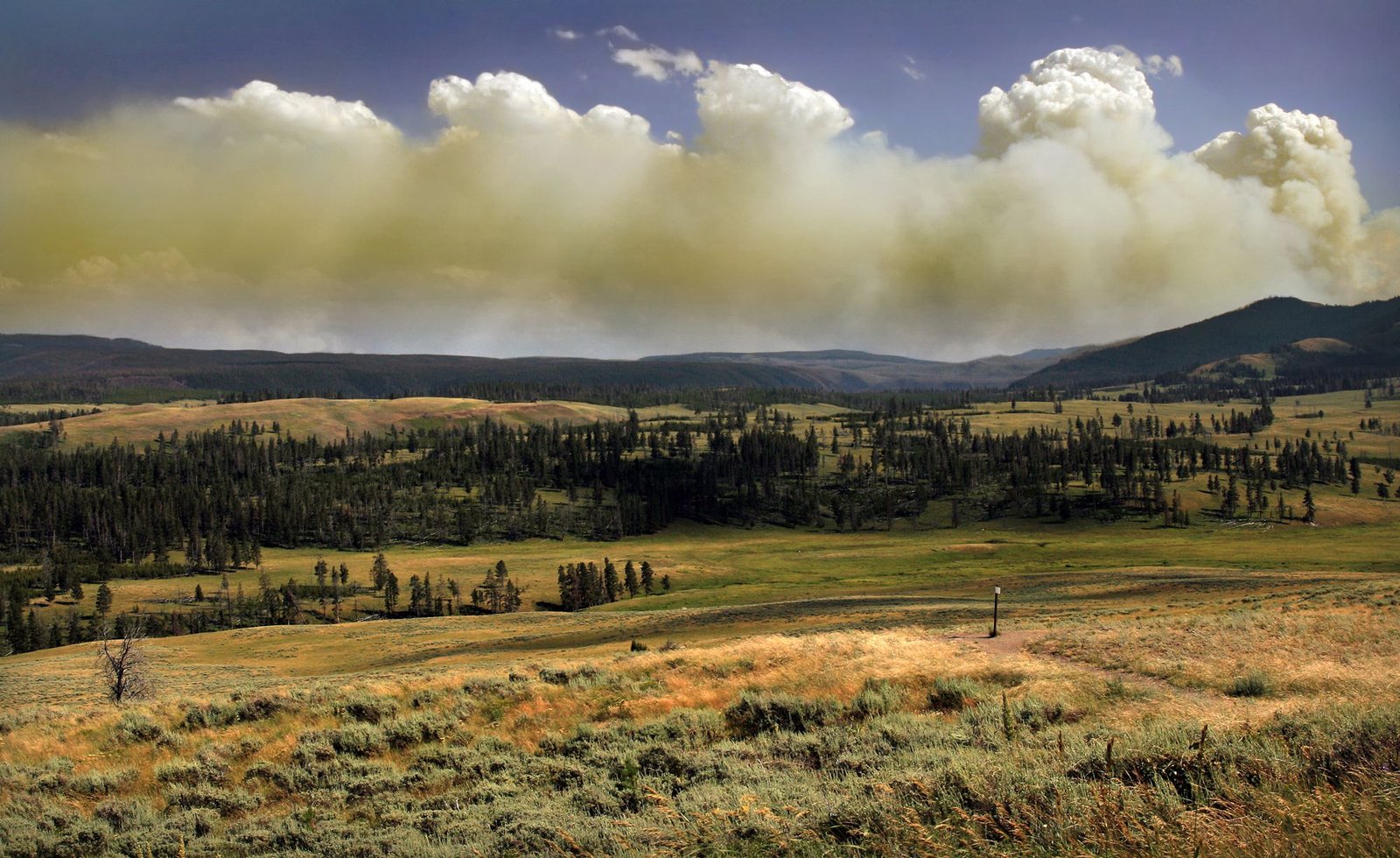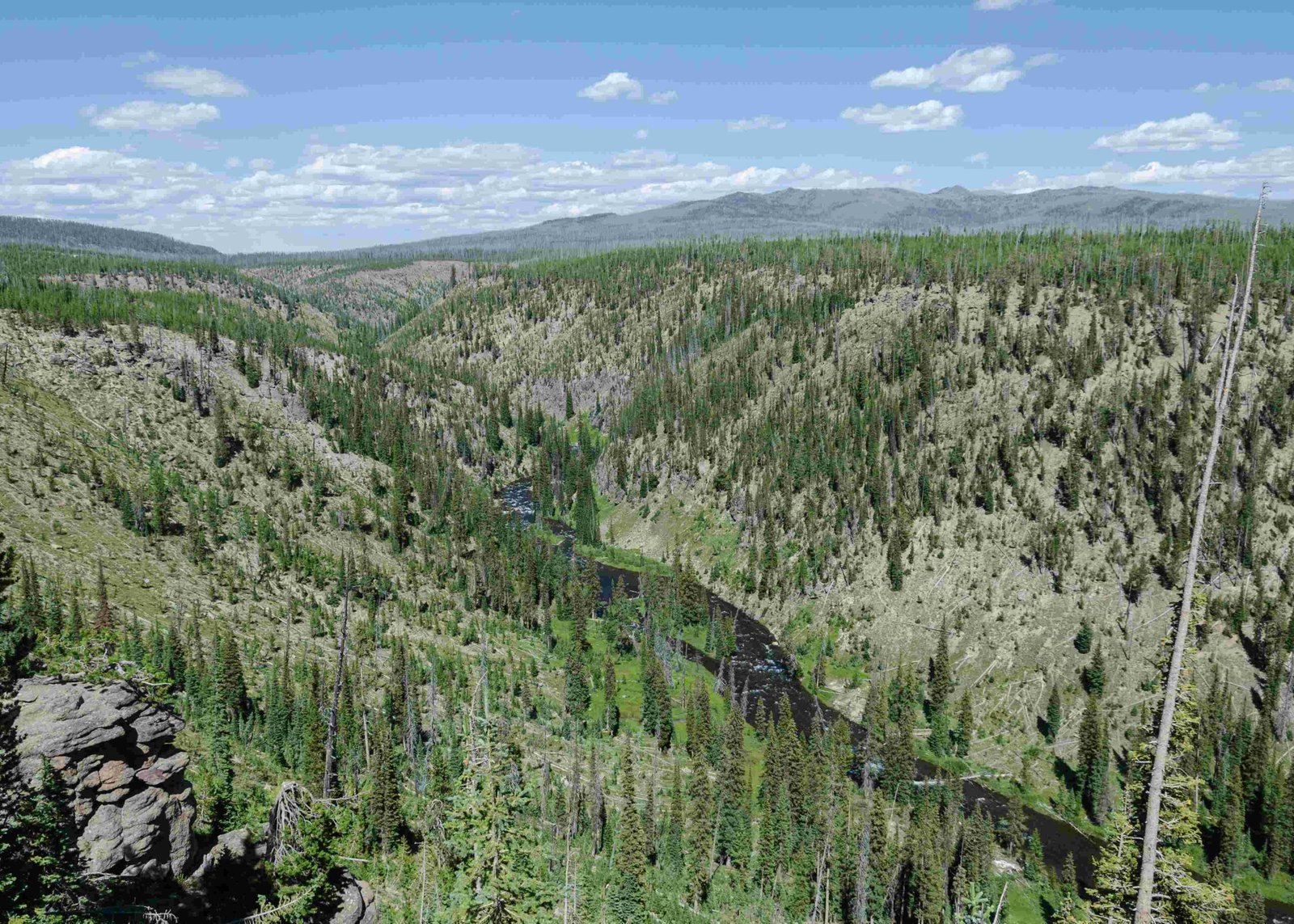Yellowstone National Park, renowned for its diverse wildlife and geothermal features, requires visitors to follow specific safety guidelines. These include maintaining safe distances from animals, staying on designated trails in thermal areas, carrying bear spray while hiking, and being prepared for changing weather conditions. Adhering to these safety guidelines for Yellowstone National Park is crucial for a safe and enjoyable experience in this unique ecosystem.
What Are the Key Wildlife Safety Precautions in Yellowstone?

Wildlife encounters are a significant part of the Yellowstone experience, but they can also pose risks if proper precautions are not taken. Here are essential wildlife safety guidelines for Yellowstone National Park:
- Maintain safe distances:
- Stay at least 100 yards (91 meters) away from bears and wolves
-
Keep a minimum of 25 yards (23 meters) from all other wildlife, including bison, elk, and birds
-
Do not feed animals:
- Feeding wildlife can lead to dependency on human food
-
It increases the risk of aggressive behavior
-
Keep pets leashed:
- Pets must be on a leash at all times
-
Ensure pets maintain the same safe distances from wildlife as humans
-
Avoid approaching wildlife:
- Never willfully remain near animals
-
This can disturb or displace them from their natural habitats
-
Make noise while hiking:
- Helps avoid surprising bears
- Hike in groups of at least three people for added safety
How Should Visitors Navigate Thermal Areas Safely?

Thermal areas in Yellowstone are both fascinating and potentially dangerous. Follow these guidelines to ensure safety:
- Stay on designated trails and boardwalks
- Do not touch or throw objects into thermal features
- Be aware that water temperatures can be lethal
- Toxic gases can accumulate in these areas
| Thermal Area Safety Rule | Reason |
|---|---|
| Stay on marked paths | Prevents accidents and protects fragile ecosystems |
| Do not touch hot springs | Water temperatures can cause severe burns |
| Avoid throwing objects | Can damage thermal features and harm wildlife |
| Watch for warning signs | Indicates areas of high risk or restricted access |
What Are the Recommended Hiking Safety Practices?
Hiking in Yellowstone requires preparation and awareness. Here are key safety practices:
- Check trail conditions and difficulty ratings before starting
- Pack essential gear:
- Bear spray (know how to use it)
- Binoculars or telephoto lenses for safe wildlife viewing
- First-aid kit
- Layers for changing weather
-
Sufficient water for hydration
-
Stay on designated trails to protect yourself and the environment
- Be aware of your surroundings and watch for signs of wildlife
How Should Visitors Respond to Bear Encounters?
Bear encounters require calm and specific actions:
- Stay calm and slowly back away
- Do not run or climb trees
- Avoid direct eye contact
- If the bear is unaware of you:
- Stay downwind
-
Detour away slowly
-
If a bear approaches:
- Use bear spray as a last resort
- If attacked, play dead:
- Drop face down
- Clasp hands over the back of your neck
- Tuck knees to chest
What Emergency Procedures Should Visitors Know?
Being prepared for emergencies is crucial. Here’s what visitors should know:
- For immediate emergencies:
- Call 911
-
Use the park’s emergency phone system
-
For non-emergency incidents:
-
Contact visitor centers or ranger stations
-
Report all wildlife encounters or safety incidents to park staff
How Can Visitors Prepare for Yellowstone’s Changing Weather?
Yellowstone’s weather can be unpredictable. Follow these guidelines:
- Check weather forecasts before your visit
- Pack clothing layers:
- Waterproof outer layer
- Insulating middle layer
-
Moisture-wicking base layer
-
Bring sun protection:
- Sunscreen
- Hat
-
Sunglasses
-
Carry extra food and water
- Be prepared for sudden temperature changes, especially at higher elevations
What Are the Specific Guidelines for Camping in Yellowstone?
Camping in Yellowstone requires additional safety measures:
- Use designated campsites only
- Store food and scented items in bear-proof containers
- Never leave food unattended
- Dispose of waste properly in designated receptacles
- Follow fire safety rules and restrictions
- Be aware of your surroundings, especially at night
By following these comprehensive safety guidelines for Yellowstone National Park, visitors can ensure a safe and memorable experience in one of America’s most iconic natural wonders. Remember, respecting wildlife, adhering to park rules, and being prepared for various conditions are key to a successful visit.
References:
1. Yellowstone National Park Lodges – What NOT to do in Yellowstone
2. YouTube – RC Adventures: How to Stay Safe in Yellowstone National Park
3. Yellowstone Safari – Yellowstone National Park Safety and Etiquette

